Latest research animations
Self-assembly of spider silk
This gut microbe might protect against diabetes and reduce insulin resistance
NEW: One-way hydrogel guides motion of tiny worms!
Latest Posts
No Results Found
The page you requested could not be found. Try refining your search, or use the navigation above to locate the post.
No Results Found
The page you requested could not be found. Try refining your search, or use the navigation above to locate the post.
7
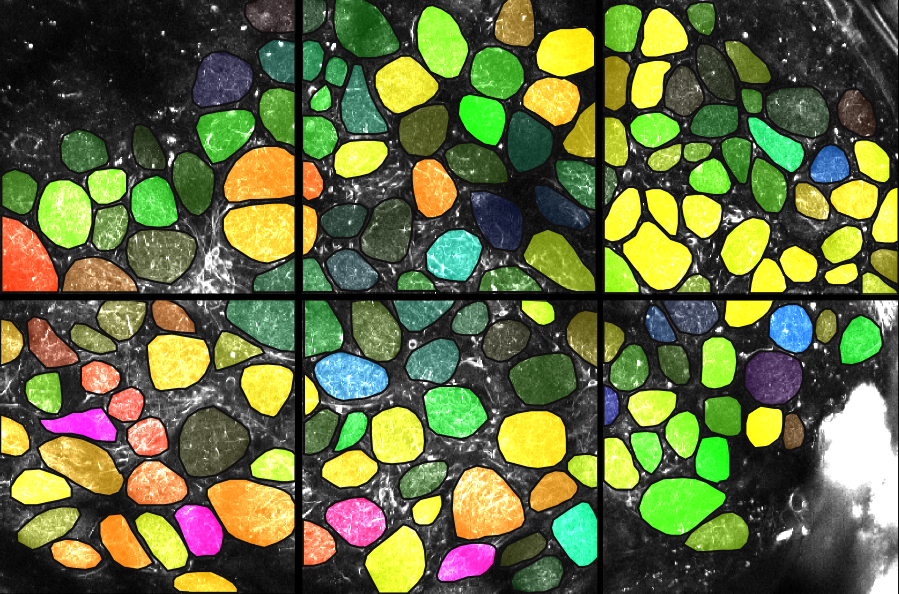
What’s that smell? The advantage of sniffing
Rhythmic sniffing boosts phase-coded neuronal signals in the mouse olfactory bulb that allow odors to be identified.
27
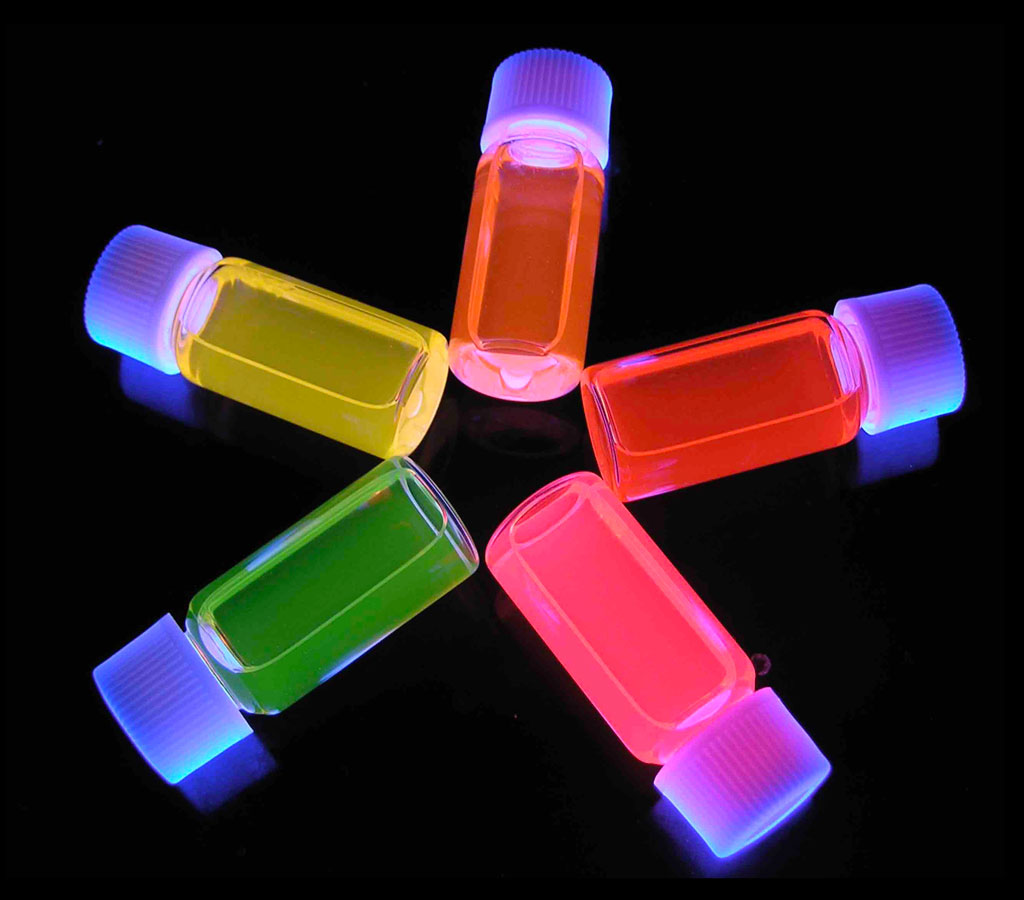
Quantum dots light up cancer with a little help
Researchers have found a small connecting protein that can help make quantum dot-based probes for biomedical imaging.
24
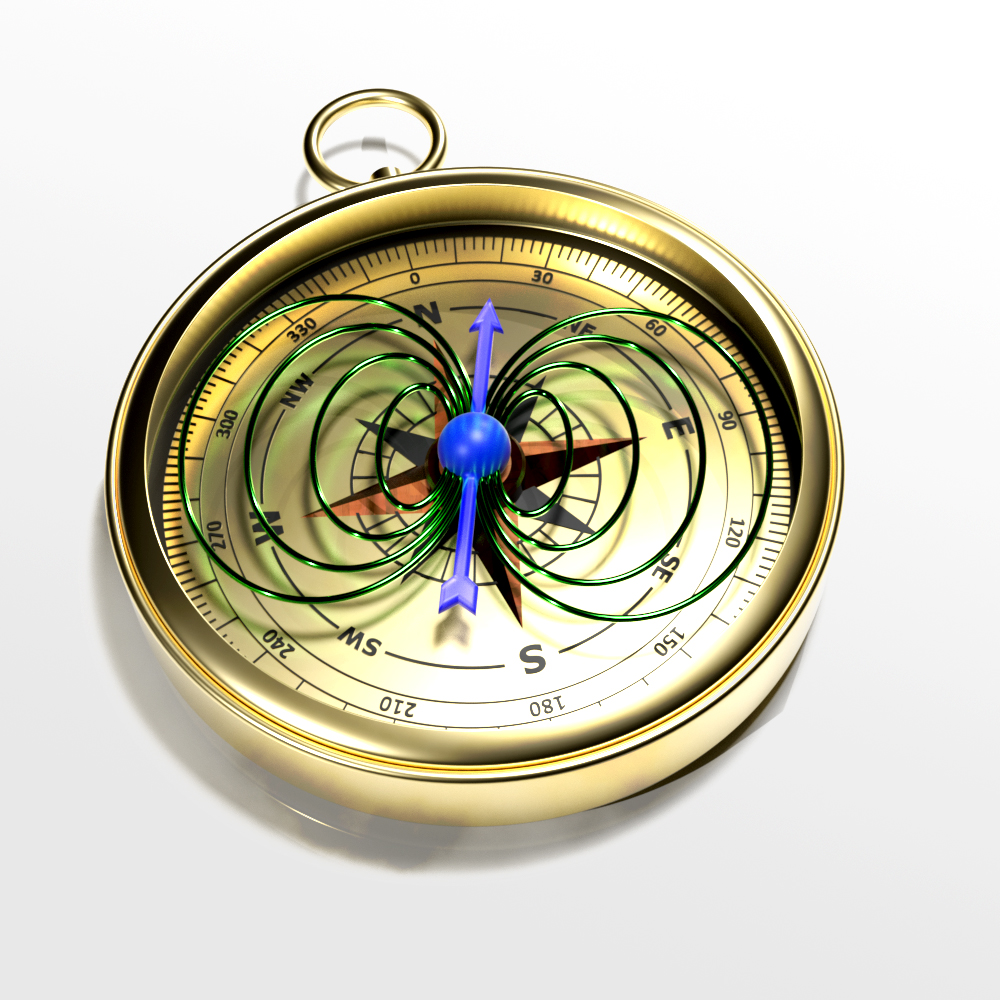
Most precise measurement ever of proton magnetic moment
Using a sophisticated setup, scientists have made the most precise measurement to date of the proton magnetic moment.
9
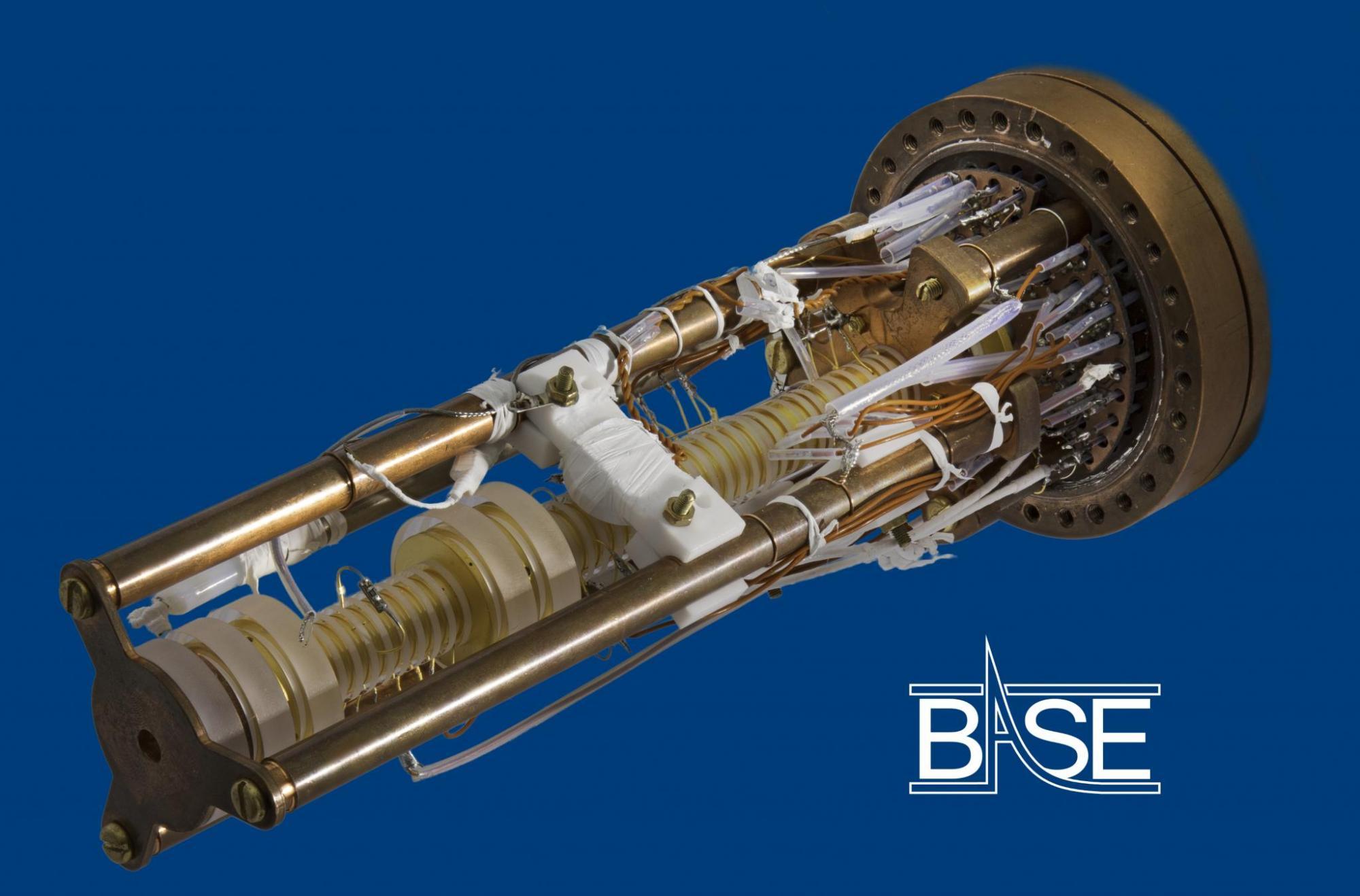
Proton and antiproton still seem identical
Using a novel two-particle measurement method, scientists have measured the magnetic moment of the antiproton at a precision 350 times higher than any previous measurement.
4
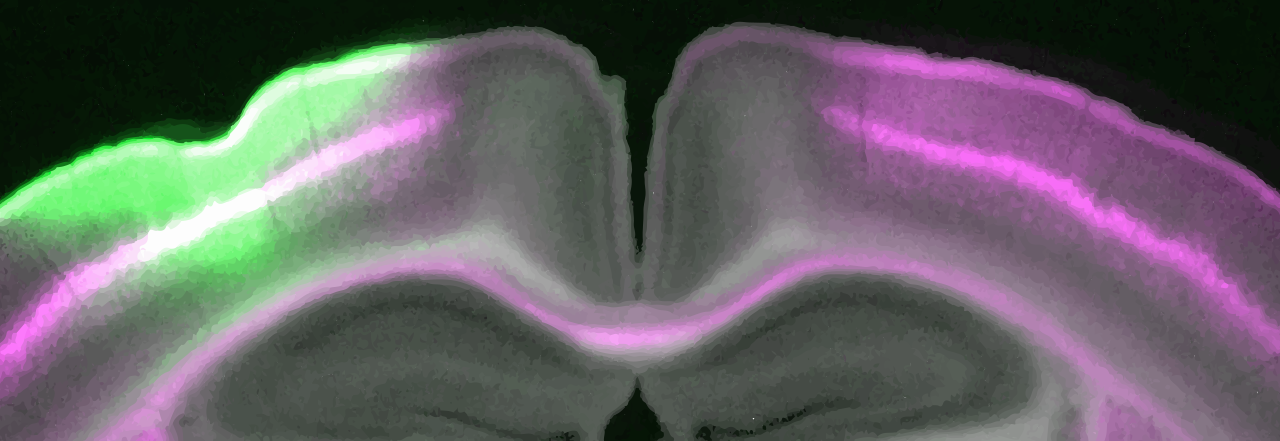
Microcolumns: elementary neuronal units that carpet the (mouse) brain
A hexagonal lattice organizes major cell types in the cerebral cortex, with similar cells synchronizing their activity in microcolumns.
24
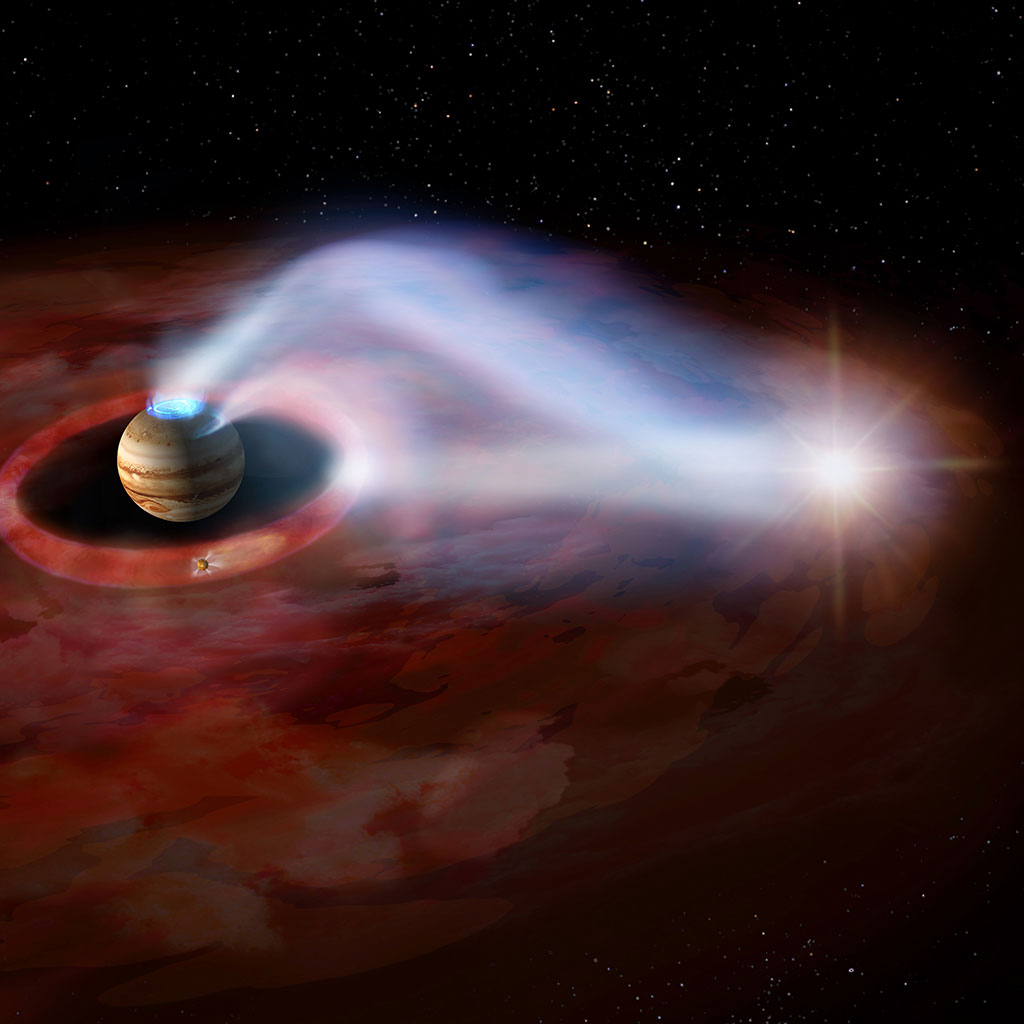
Jupiter’s volcano-powered auroral lights
A collaborative effort used data from NASA’s Juno spacecraft to explain the transient auroras found on Jupiter.
